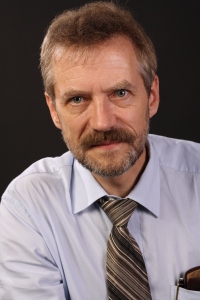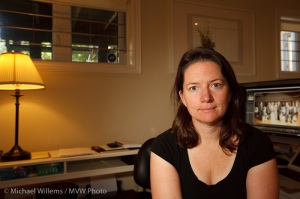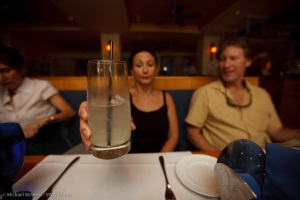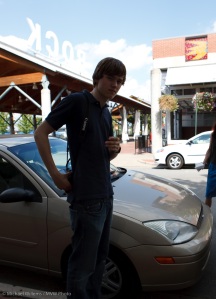Pssst… wanna know a secret? Come closer. I’ll tell you a secret or two… closely guarded… don’t tell anyone…

This is about shooting flowers. We all like shooting flowers, so I suggest you go shoot some. And if you do, the following tips should help.
- Use a Tripod
- Shoot them after a gentle spring rain. Or better, create your own, with a squishy water spray.
- Try a black background behind the flowers – a piece of paper will do.
- Stop the wind from moving them. Get someone to hold a coat, or a piece of paper, around the flowers.
- Shoot them from ground level; or shoot up at them rather than down.
- Use a long lens and stop down to f/16 or better, if you can.
- Use soft light: not sunlight or flash, whatever you do! Use a cloudy day, or open shade, or window light (great light, just like for portraits!), or if you have to, flash bounced off, or through, a softening surface, like a sheer curtain or white sheet.
- Use a long lens or a macro lens.
- Get in close.
- Use a tripod, did I mention that?
There you go. Nice flower pictures, and they look professional. Don’t tell anyone!













